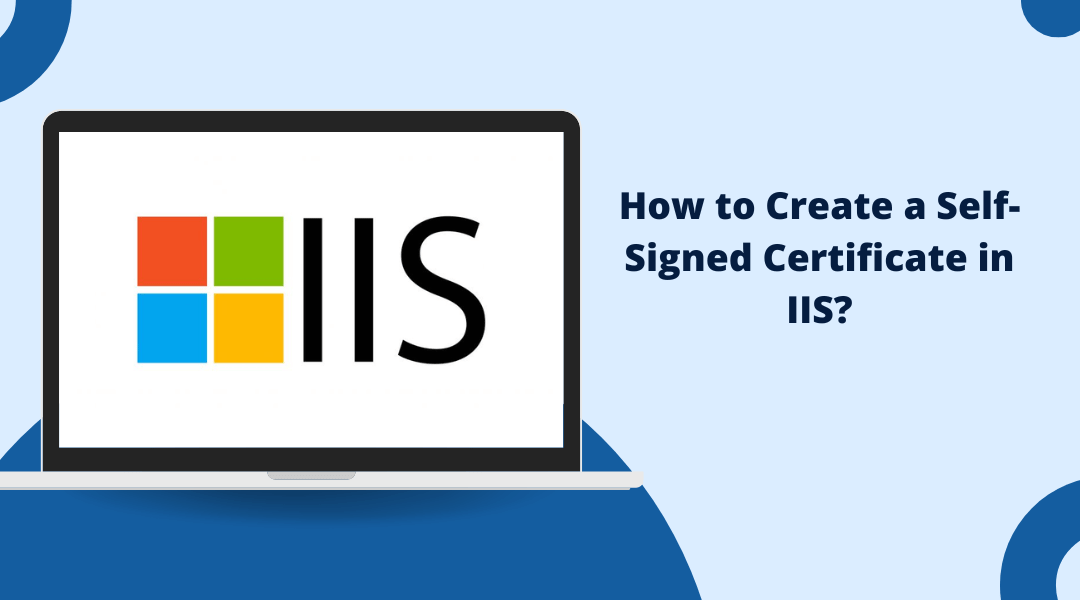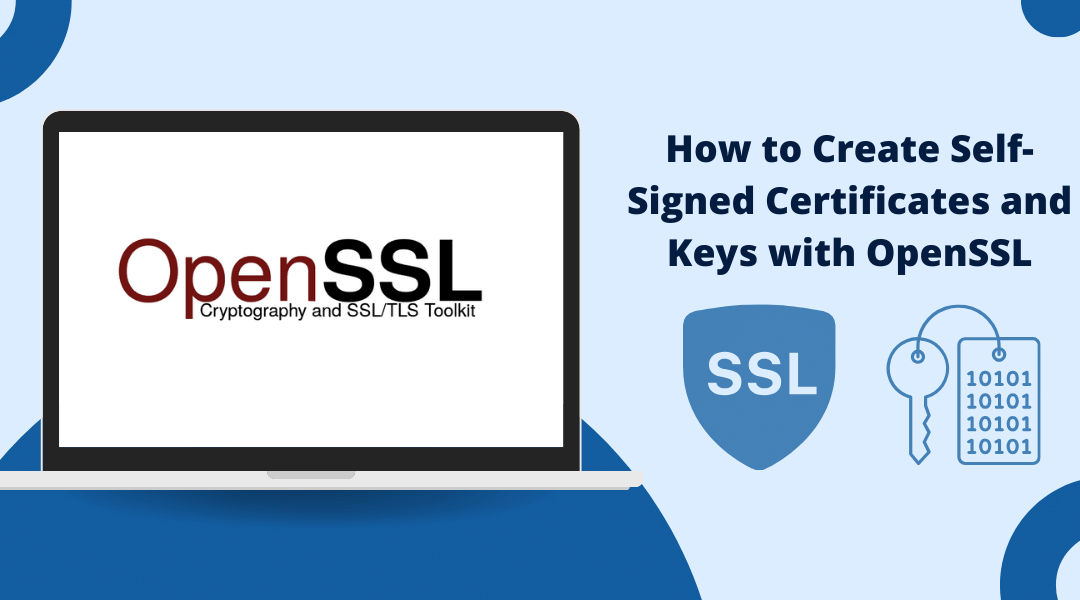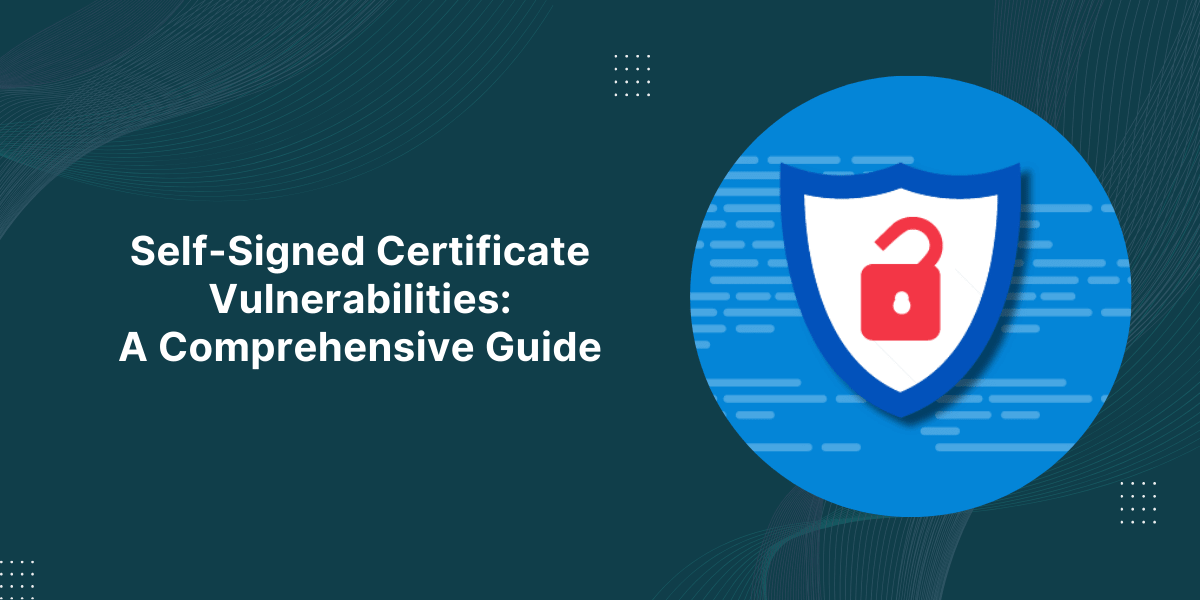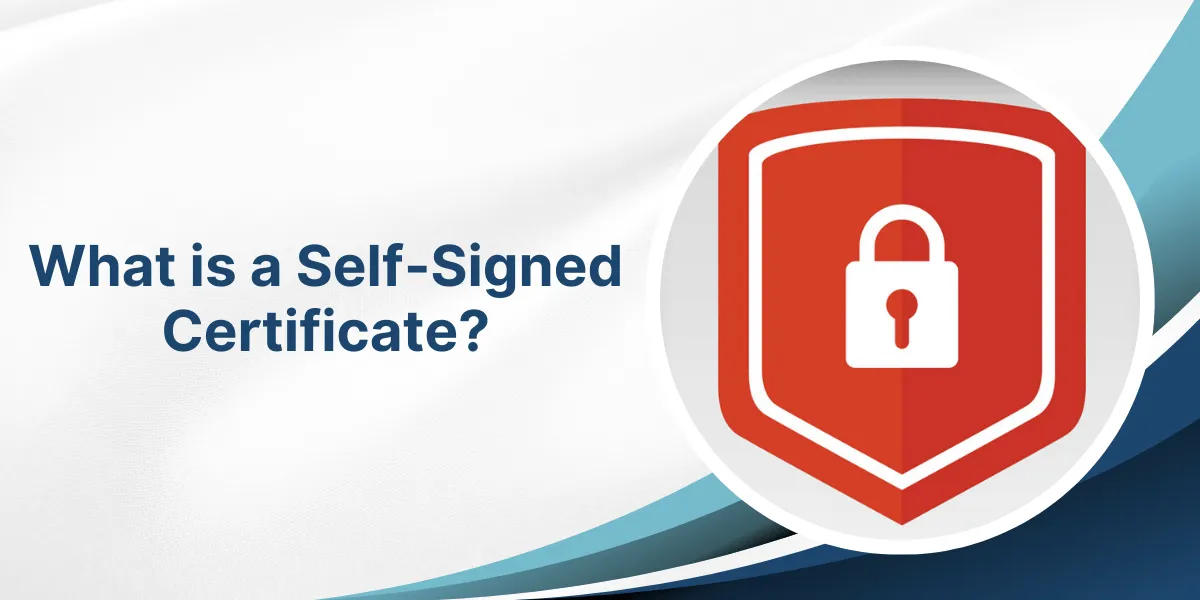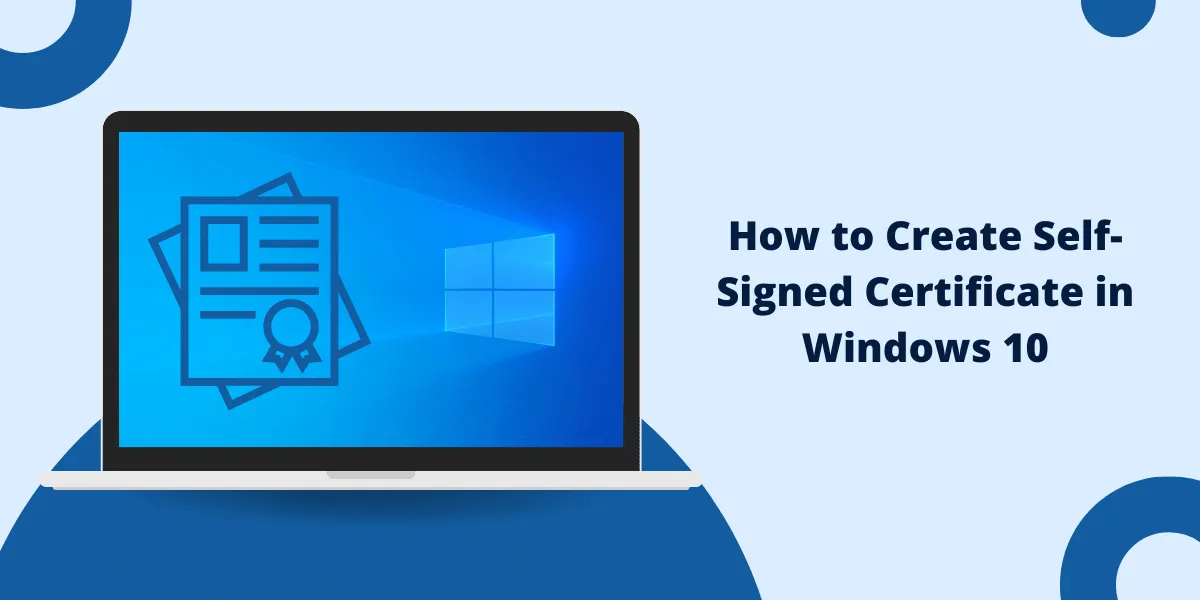Step By Step Guide to Setup a Self-Signed Certificate in IIS Secure Sockets Layer (SSL) and its successor Transport Layer Security (TLS) are cryptographic protocols that provide communication security over the internet. They use X.509 certificates to authenticate the...
